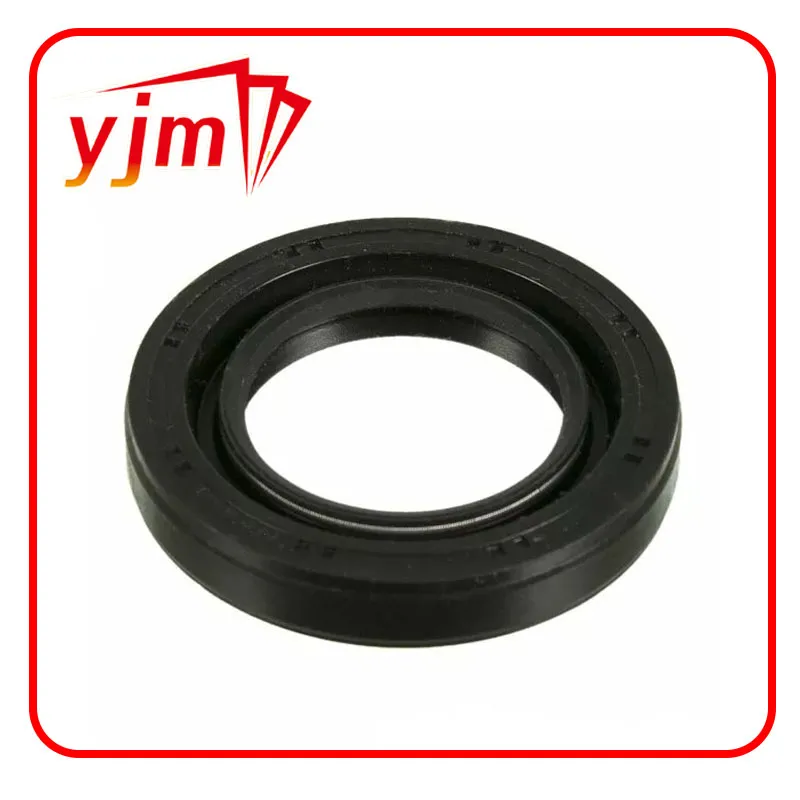Exploring the Importance of Seals in Engine and Transmission Connections
The Importance of the Seal Between Engine and Transmission
In the world of automotive engineering, the components that make up a vehicle must work in perfect harmony to ensure optimal performance, safety, and longevity. One of these critical components, often overlooked yet vitally important, is the seal between the engine and transmission. This seemingly insignificant part plays a significant role in the efficient operation of the entire drivetrain, and understanding its function and maintenance can lead to better vehicle performance and reduced risk of costly repairs.
Function of the Engine-Transmission Seal
The engine-transmission seal, often referred to as the rear main seal or transmission output shaft seal, performs several essential functions. Its primary purpose is to prevent oil leakage from the engine into the transmission and vice versa. Both components rely on specific oil types to lubricate their internals, and any cross-contamination can lead to severe mechanical failures.
In modern vehicles, the engine is responsible for generating power and turning it into mechanical energy. This energy is transferred through the transmission, which regulates the amount of power a vehicle receives in relation to speed and torque. The seal ensures that engine oil remains within the engine's lubrication system, while transmission fluid stays confined to the transmission. This separation is crucial to maintaining the appropriate functionality of both systems.
Consequences of a Failing Seal
When the engine-transmission seal begins to fail, the consequences can be dire. As the seal deteriorates, it may allow engine oil to leak into the transmission fluid. This mixture can create a host of issues, including poor lubrication of transmission components, erratic gear shifts, and ultimately, transmission failure. Conversely, if transmission fluid leaks into the engine, it can lead to a range of problems, including increased engine wear and potential overheating.
In addition to mechanical failure, fluid leaks can create environmental concerns and increase maintenance costs. Oil leaks can stain driveways and parking lots, contributing to environmental pollution. Moreover, identifying and replacing a failing seal promptly can prevent more extensive damage, which often results in expensive repairs or even full component replacements.
seal between engine and transmission

Signs of a Failing Engine-Transmission Seal
Recognizing the signs of a failing engine-transmission seal can save vehicle owners from significant headaches. Common indicators include
1. Fluid Leaks Spotting oil or fluid under the vehicle is often the first sign of a seal issue. 2. Inconsistent Gears Difficulty in shifting gears or unexpected gear changes may suggest that the transmission is not receiving adequate lubrication. 3. Engine Warning Lights Many modern vehicles are equipped with sensors that alert drivers to low fluid levels or pressure issues related to the engine or transmission.
Maintenance and Replacement
Preventive maintenance is the best strategy to ensure the longevity of the engine-transmission seal. Regular inspections of fluid levels, along with routine checks for leaks and wear, can help catch issues early on. It is advisable to follow the manufacturer's recommended service schedules for fluid changes, as clean fluid aids in the proper functioning of both the engine and transmission.
When it comes to replacing a failing seal, it's essential to consult a professional mechanic. The process typically requires disassembling parts of the engine or transmission, making it a complex task for the average car owner. A qualified technician can efficiently assess the condition of the seal and other related components, ensuring that the repair is comprehensive and addressing any other potential issues.
Conclusion
In conclusion, the seal between the engine and transmission, while often overlooked, is a vital component of a vehicle's drivetrain. Its role in maintaining fluid separation between the engine and transmission cannot be understated, as its failure can lead to severe mechanical issues and costly repairs. By being aware of the signs of a failing seal and performing regular maintenance, vehicle owners can ensure their cars operate efficiently and avoid unnecessary expenses. A well-maintained seal contributes to the overall health of the vehicle, enhancing performance, reliability, and ultimately, the driving experience.
-
The Ultimate Guide to Car Repair Kits: Tools and Essentials Every Driver Should Own
News Aug.01,2025
-
The Complete Guide to Oil Pan Gaskets: Sealing Engine Leaks the Right Way
News Aug.01,2025
-
Preventing Oil Leaks: A Complete Guide to Oil Pan Gaskets and Drain Seals
News Aug.01,2025
-
Everything You Need to Know About Oil Pan Gaskets and Drain Plug Seals
News Aug.01,2025
-
Essential for Car Owners: How to Use a Car Repair Kit to Deal with Minor Breakdown
News Aug.01,2025
-
Comprehensive Guide to Engine Oil Sump Gaskets and Related Seals
News Aug.01,2025
-
The Ultimate Guide to Boat Propeller Bearings and Trailer Wheel Bearings
News Jul.31,2025
Products categories















